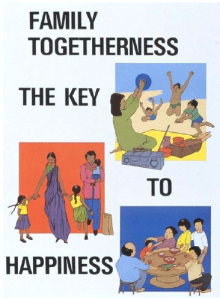Key Questions:
What are population possibilities and who holds power over the decision making process?
Explain global and regional/continental trends in family size, sex ratios, and ageing/greying.
Discuss policies associated with managing population change, focusing on:
- policies related to ageing societies
- pro-natalist or anti-natalist policies
- gender equality policies and anti-trafficking policies
Describe the demographic dividend and the ways in which population could be considered a resource when contemplating possible futures (offer one case study of a country benefiting from a demographic dividend).
Key Understanding:
Population change may affect the power balance between groups of people at local, national and international scales.
How is demographic change affecting China?
BBC News – Five charts about the fortunes of Chinese families – Oct 2017
Click here for related info on responses to high & low fertility obtained for the previous DP Geog guide
Policies relating to ageing societies – Japan
The Guardian (2014) – Japan’s solution to providing care for an ageing population.
Hayashi (2011) in History & Policy – The care of older people in Japan
Pro-natalist policy in Singapore
News Singapore story – Singapore policy (YouTube)
CCTV news story – Singapore’s policy (YouTube)
wikipedia.org – Population planning in Singapore

Anti-natalist policy in China
 |
 |
South China Morning Post outlines the One Child policy
Recent changes to the policy – The Guardian (Sep 2018)
Gender equality policies & anti-trafficking policies
World Gender Equality map (The Telegraph)
Sex trafficking bill gets tech firms’ backing – BBC News
Trafficking in the UK – Guardian Oct 2018
The demographic dividend
Video – pro.org explains the demographic dividend
Poor governance can prevent countries from benefitting from a demographic dividend – newssecuritybeat.org
Can India benefit from a demographic dividend? – tribune.com.pk
